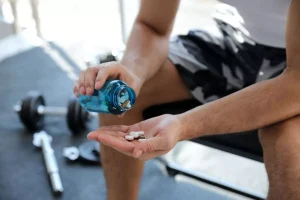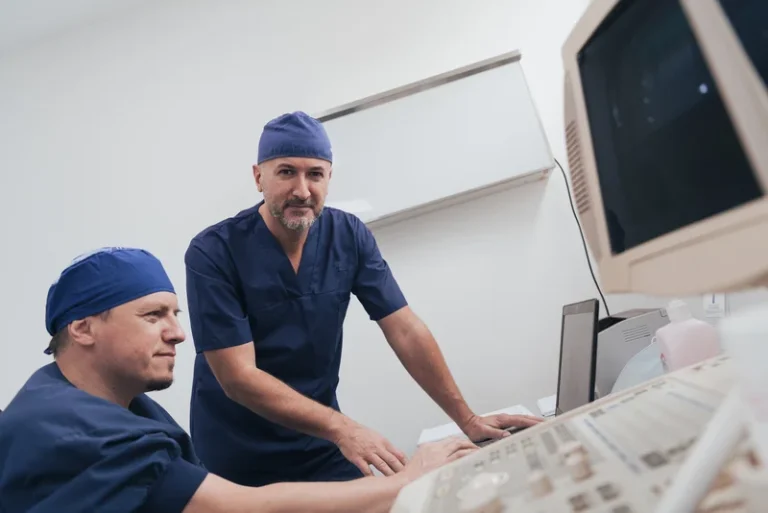
This means addressing not just the physical symptoms of addiction but also the psychological, emotional, social, and spiritual aspects as well. Such approaches could include cognitive behavioural therapy to address mental health issues that may contribute to excessive drinking; yoga or meditation for stress relief; art https://ecosoberhouse.com/ therapy for expressing emotions; faith-based support groups for spiritual growth among others. You might find yourself constantly preoccupied with thoughts about when you’ll have your next drink or whether you’re staying within your limits – this constant monitoring can create stress and mental exhaustion over time.

Stephen A. Maisto
- Advocates of nonabstinence approaches often point to indirect evidence, including research examining reasons people with SUD do and do not enter treatment.
- The current review highlights multiple important directions for future research related to nonabstinence SUD treatment.
- Fewer than 2.5% of participants exceeded weekly limits and did not exceed daily limits.
- Our team at CATCH strongly believes in holistic healing methods as part of this process.
Professional programs of therapy and abstinence have been successful for thousands of people to reclaim control of their lives and move on from addiction. Results from this study support the need for a broader conceptualization of the clinical course of AUD (Maisto, Witkiewitz, Moskal, & Wilson, 2016) that does not rely solely on binary cutoffs to determine treatment success (e.g., abstinence). Research is needed to explore time-varying predictors of low risk drinking and alternative definitions of reduction outcomes (e.g., World Health Organization risk levels; Witkiewitz, Hallgren, et al., 2017) that may promote beneficial longer term functioning. Such findings would aid in refining AUD treatment and would provide more information for clinicians to improve clinical decision-making. Parameters were estimated using a weighted maximum likelihood function, and all standard errors were computed using a sandwich estimator (i.e., MLR in Mplus; B. O. Muthén & Satorra, 1995).

Consider the health benefits
- Rather, when people with SUD are surveyed about reasons they are not in treatment, not being ready to stop using substances is consistently the top reason cited, even among individuals who perceive a need for treatment (SAMHSA, 2018, 2019a).
- You don’t have to attend AA meetings and introduce yourself as an alcoholic, and you don’t have to answer questions at parties or social gatherings when people notice you aren’t drinking.
- Further, results from this study suggest that drinking goal may be useful in selecting a treatment approach.
- In the results, we mention that there were a few IPs that were younger, with a background of diffuse and complex problems characterized by a multi-problem situation.
- Supplement 6 shows the results of risk of bias assessments for the outcome abstinence.
Multivariable stepwise regressions estimating the probability of non-abstinentrecovery and average quality of life. The IPs have mixed backgrounds regarding the kind of SUD they originally experienced. However, the extent of their problems according to ICD-10 (International Statistical Classification of Diseases and Related Health Problems, 10th edition) or DSM 5 (Diagnostic and Statistical Manual of mental disorders, 5th edition) was not measured. Thus, there might be individuals in the sample who do not consider SUD as their main problem. Some of the abstainers reported experience of professional contacts, such as therapists or psychologists. These contacts had often complemented the support from AA but in some cases also complicated it as the IPs found that their previous SUD was related to other things that were not in line with the approach to addiction as a disease (e.g. IP19).
4. Current status of nonabstinence SUD treatment
We reported estimated odd ratios with 95% confidence intervals comparing each intervention with placebo or with treatment as usual depending on the network structure. Heterogeneity was assessed using the results of the pairwise analyses, and between study variance for the network controlled drinking vs abstinence meta-analyses (τ2). We used the mean of the distribution of ranks for each intervention to present its relative order of preference based on the network meta-analysis. Future research should assess the dynamic nature of drinking goal in predicting treatment outcomes.

Moderate Drinking is About Having More Control Over Your Drinking
What is Controlled Drinking or Alcohol Moderation Management?


